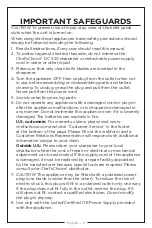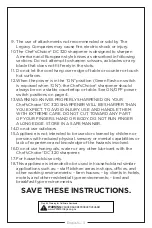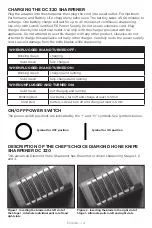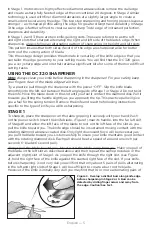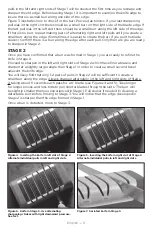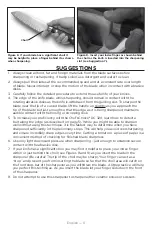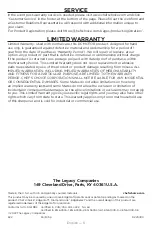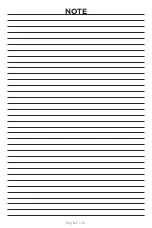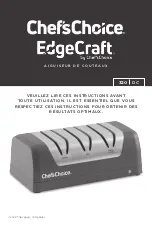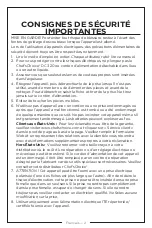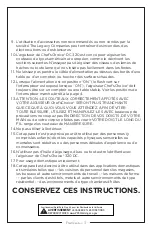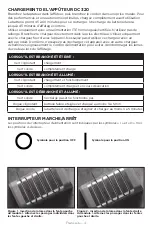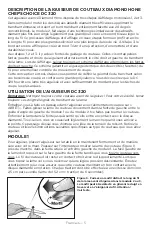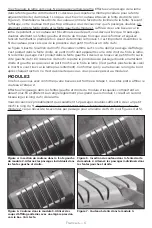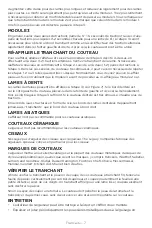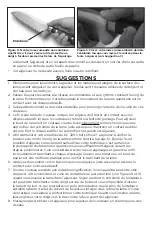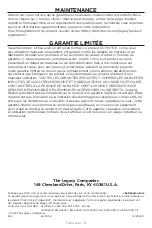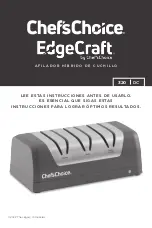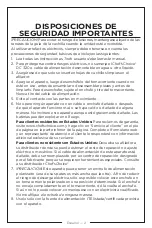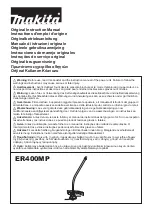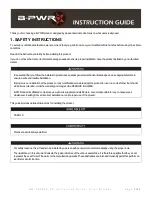
English — 8
SUGGESTIONS
1. Always clean all food, fat and foreign materials from the blade surfaces before
sharpening or resharpening. If badly soiled, use detergent and water to clean.
2. Always pull the blades at the recommended speed and at a constant rate over length
of blade. Never interrupt or stop the motion of the blade when in contact with abrasive
disks.
3. Carefully follow the detailed procedure to extend the useful life of your knives.
4. The edge of the knife blade, while sharpening, should remain in contact with the
rotating abrasive disks as the knife is withdrawn from the guiding slot. To sharpen the
blade near the tip of a curved blade, lift the handle up slightly as you approach the
tip of the blade but just enough so that the edge as it is being sharpened maintains
audible contact with the honing or stropping disk.
5. To increase your proficiency with the Chef’sChoice® DC 320, learn how to detect a
burr along the edge (as described on page 5). While you might be able to sharpen
well without using this technique, it is the fastest way to determine when you have
sharpened sufficiently in the preliminary steps. This will help you avoid oversharpening
and ensure incredibly sharp edges every time. Cutting a tomato or a piece of paper is a
convenient method of checking for finished blade sharpness.
6. Use only light downward pressure when sharpening – just enough to establish secure
contact with the abrasive disk.
7. If your knife has a significant choil you may find it helpful to place your index finger
within or just behind the choil (see Figures 8 and 9) as you insert the blade in the
sharpener (Be careful! The tip of the choil may be sharp). Your finger can act as a
“stop” and prevent you from inserting the blade so far that the choil area will catch on
the front stop-bar of the sharpener as you withdraw the blade. A little practice will help
you perfect this technique. As you insert the blade let your finger slide down the front
of the sharpener.
8. Do not attempt to use this sharpener to sharpen either ceramic knives or scissors.
Figure 8. If your blade has a significant choil it
may be helpful to place a finger behind it as shown
when sharpening.
Figure 9. Insert your index finger as shown behind
the choil as the knife is inserted into the sharpening
slot (see Suggestion 7.)
Choil
Summary of Contents for EdgeCraft DC 320
Page 10: ...English 10 NOTE ...


